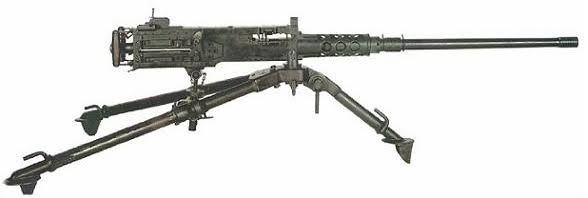What are some interesting experimental/cancelled military aircraft from the 60s?
Now, though not something one would justifiably refer to as an “aircraft” in the traditional sense of the word where there are humans present, my response would be a craft, nuclear ramjet powered, to be fanciful, as well as terrifying.
Meet Pluto.
Madness an insane doomsday weapon, never made because the Pentagon brass wouldn’t risk starting a war because if the U.S did build one, the Russians would make one too and since there was no defence to this, the idea of the U.S.S.R. having one of them was too scary to even think about.
Developed for a project known as “SLAM” (Supersonic Low-Altitude Missile) It is essentially a nuclear powered supersonic cruise missile/unmanned nuclear bomber. And by “ supersonic” I mean, Mach 4.3 at 30K feet.
On rails to be fired to supersonic speeds by conventional rockets it would be made critical by its own reactor. The intake would then ingest supersonic air into it, which would be heated by the reactor to produce enough thrust to keep it flying….for months.
Said to dive to the deck when ordered, making a supersonic run dispensing a payload of multiple nuclear weapons that were delivered on multiple targets, arms such as the cruise weapons will become unmanned bombers.
Pluto’s designers had worked out that the shock wave of Pluto alone could kill human being on the ground. Then there was the problem of fallout. Apart from gamma and neutron afterglow from the unshielded reactor, nuclear ramjet of Pluto would eject fission fragments into its exhaust while passing by.
“But wait,” they say, “there’s more”.
Having dropped all of its 16 H-bomb warheads, the missile could then spend weeks flying over populated areas close to the ground, creating tremendous ground destruction from its shock wave and fallout. Once it got poor enough power to fly, and crash-landed (probably in another city), the engine would have a chance of radiating deadly radiation for a long while.
That’s good stuff right there.
On an engineering level, Pluto was definitely impressive, and put the technology of the day on a cordillera. The reactor that ran the missile was by far one of the smallest and lightest that ever existed—the achievement which was partly made possible by removing almost anything associated with such candy-assed musings as “safety.”
Operating temperatures in the reactor were so high (2500° F) that most alloys would melt, and this meant that even high temperature materials such as fuel rods had to be ceramic. These were provided by a Colorado porcelain firm called Coors. Yes, that Coors.
Breweries who produce nuclear cruise missiles. Gives you good reason to be proud to be an American!
Exotic stuff is required in big quantities for Pluto’s tricky parameters, and some of it comes from unexpected routes. To paint and protect electric motor armatures, the developers had exhaust manifold paint, which they had ordered from an ad in the Hot Rod magazine.
All that was a massive monster of death. Does one die where you are standing as the shockwave passes overhead? Do you die immediately in the bomb blast? Or even slower as the fallout and the exhaust fission products kill you from inside out?
Either way, I’m actually pleased they never built it.



